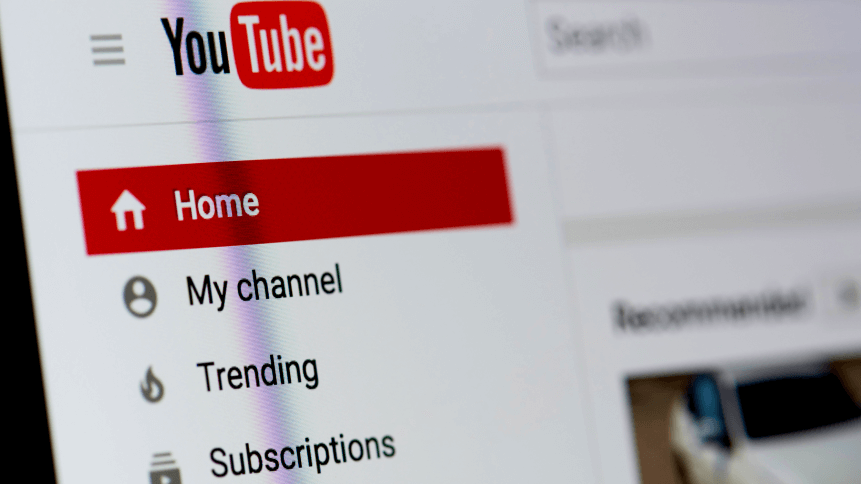Why lawyers don’t understand software — the youtube-dl fiasco

The decision taken by Microsoft-owned Github last week to remove youtube-dl from its repositories has angered many in the software community.
The open-source software — which was hosted for free by Github — allows the download of content from websites like YouTube, even where such sites have erected barriers to prevent this — barriers that form part of DRM (digital rights management) measures that help prevent copyright infringement.
The incident was triggered by the Recording Industry Association of America (RIAA), who issued a takedown notice to Github that stated the code had a “clear purpose” of providing users with a means to “reproduce and distribute music videos and sound recordings owned by our member companies without authorization […]”
In the past, the RIAA has issued such notices to prevent Google search results, including materials from sites that are clearly distributing protected content without due payments of royalties.
This notice, however, cites US law, U.S. Code § 1201 – Circumvention of copyright protection systems, a piece of legislation that is being challenged by the Electronic Frontier Foundation in the American courts.
While the takedown request mentions en passant an “issue in the Hamburg Regional Court,” it also describes itself as “a trade association whose member companies create, manufacture or distribute sound recordings representing approximately 85% of all legitimate recorded music consumption in the United States.”
To many observers, especially those not based in North America, it seems anomalous that an American trade association should seek to prevent the distribution of software in a way that affects the other 194 countries in the world negatively as well as its own domestic consumers.
The youtube-dl package is used extensively to capture and archive video and audio content for a variety of reasons: for offline consumption; where internet bandwidth is low; for archival of non-licensed media; and in all probability, in some cases, for the capture and redistribution of copyrighted materials.
On the last issue, the maintainers of the youtube-dl code have been undeniably short-sighted. In addition to the red flag of the package’s very name, the published documentation for the software also uses three pieces of copyrighted material hosted on YouTube as examples for its method of use — albeit only producing a 12-second capture of each.
It’s apparent that the team involved could probably have easily minimized their chances of hoving themselves into the RIAA’s view. Nevertheless, access to what is a highly valuable tool to many media creators, archivists, and administrators, has now been limited — at least theoretically.
Go forth and multiply
The nature of open-source software is such that the project, its many variations (or forks, in the FOSS terminology), and projects based on youtube-dl will continue to thrive in the wild.
It seems very unlikely that the RIAA will be able to throw its legal team at every one of those projects that have stemmed from youtube-dl, and the core project itself will naturally continue: the takedown notice was directed at Github, not the developers behind the software in question. youtube-dl itself will also continue, although without its Github repositories.
The irony of the Streisand effect: all the kerfuffle reminded me that youtube-dl exists, and that I wouldn't mind archiving a couple of things.
— Dave Anderson (@dave_universetf) October 26, 2020
What the RIAA action has almost definitely ensured is that the command-line only (read: difficult for non-techies) youtube-dl is now much more widely known and sought-after than two weeks ago. That supposition seems to suggest a trend: the 1999 move by the RIAA against music piracy service Napster caused a huge boom in the distribution and awareness of pirated music until the recording industry found its feet in Spotify, Apple iTunes, Tidal and the like. That particular case was different from last week’s events in that this seems to be the first time the RIAA has used its legal weight against a software tool that may or may not be used illegally.
In that sense, we look forward to Microsoft being asked to stop distributing Word due to its continuous and persistent use in plagiarized high school essays.










